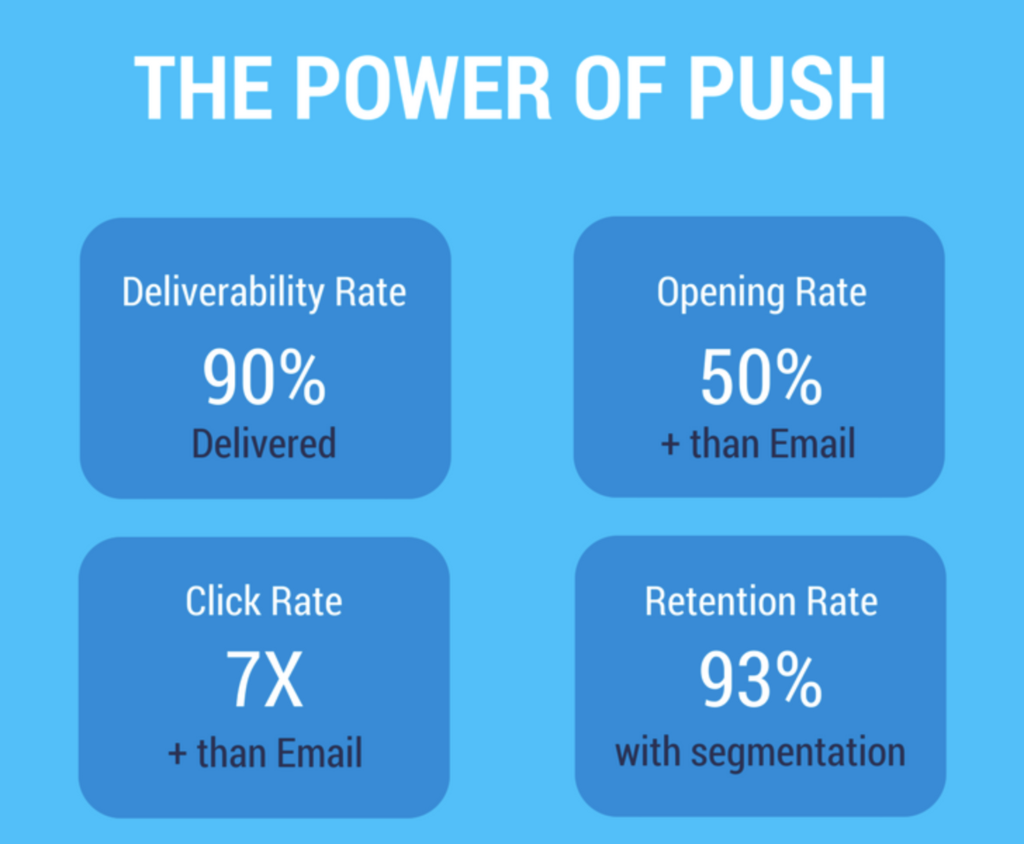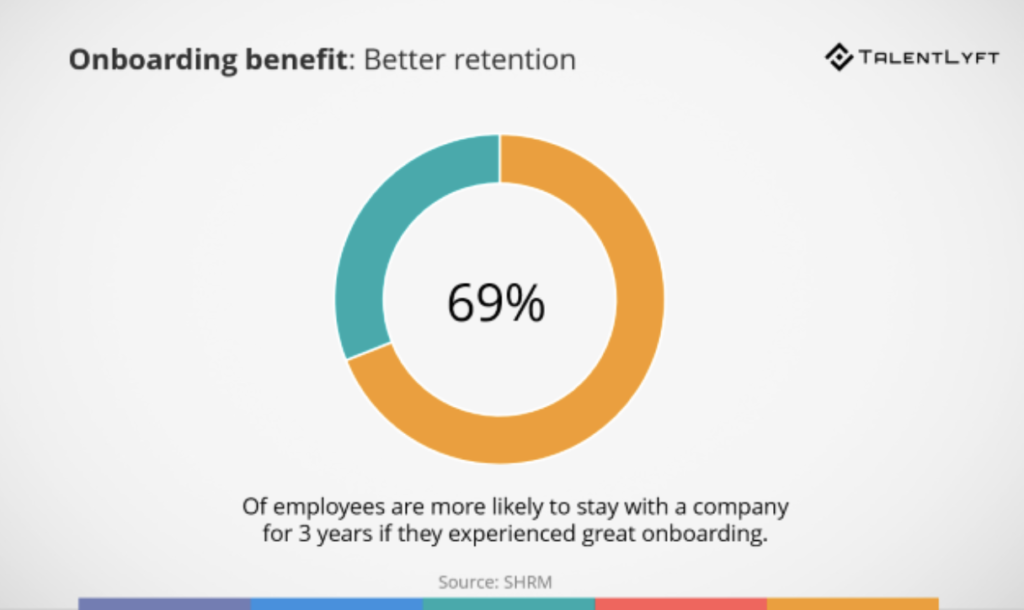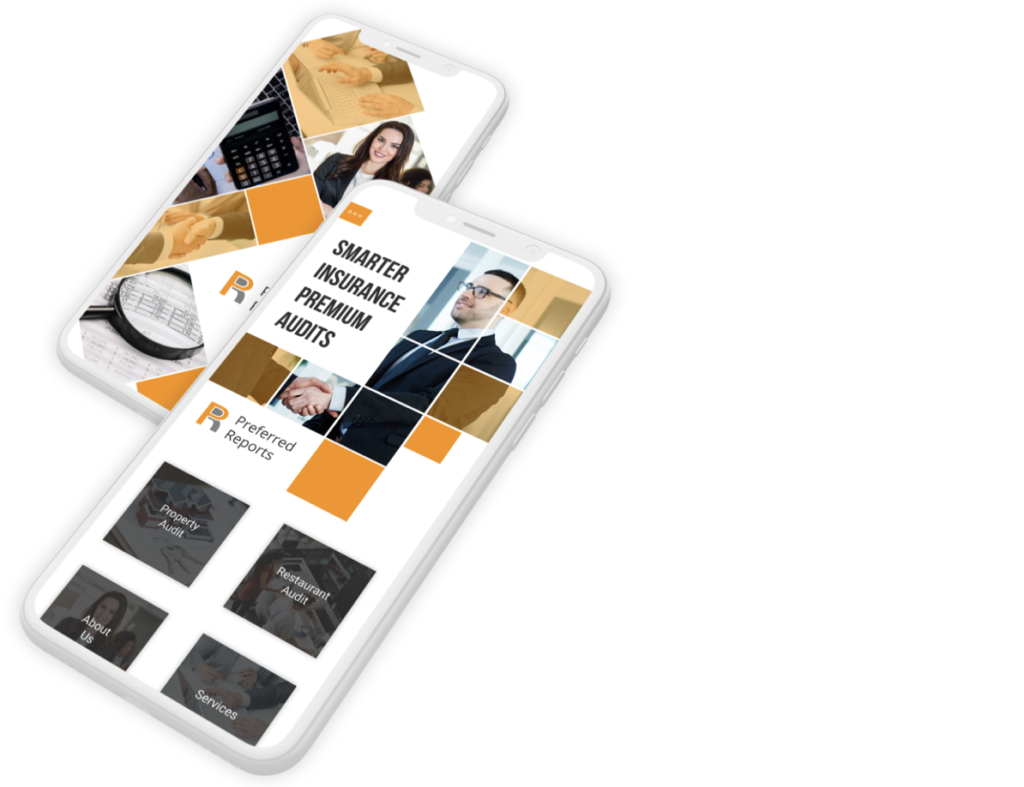So you’ve finally decided to build an app for your employees—great decision! But if it’s your first time going through this process, you might be feeling a little overwhelmed.
What features do you need? How do you evaluate the features of your development solution?
We created this guide to make your life a little easier. First, you’ll learn more about the most popular features of an internal communications app. We’ll also show you our buyer’s guide to evaluating development solutions for your employee mobile app.
By the end of this post, you’ll have a clear picture of what you can accomplish with a workforce app for employee comms. Let’s dive in.
11 Features to Include in Your Employee Mobile App
There are dozens of potential features you can add to an employee app for internal communications. But these 11 are the most popular:
1. Company News and Announcements
Your employee app should serve as a centralized hub for all company news and important announcements. This is much more efficient than sending memos, writing emails, or posting flyers on the break room bulletin board.
One of the best parts about an announcement hub is that your staff can access it from anywhere. They’re already using their smartphones at work, so giving them the ability to read company news from a native mobile app makes things more convenient for everyone.
Pro Tip: Choose a development platform that makes it easy to update the news feed on the admin side without having to write any code.
2. Employee Directory
Adding an employee directory to your app is a convenient way for your staff to communicate with each other. It eliminates the need for a phone operator, which streamlines communication across the company.
If someone needs the phone number, email address, or office location of a co-worker, they can find it in the mobile directory in seconds.
You can add as much or as little information to your employee directory as possible. But most businesses tend to add more as opposed to less. Consider adding a photo, short bio, department, work anniversary, birthday, and more. All of this information helps establish a sense of community and builds a strong company culture within your organization.
3. Push Notifications
This will arguably be the most important feature to include in an employee app for internal communications. It’s the fastest way to deliver real-time information to your staff, which is crucial for time-sensitive announcements.
If your company has deskless workers or field service employees, push notifications are far superior to email for communication. Just look at these metrics compared to email:

That’s because a push notification will go directly to your staff’s home screen, similar to a text message. For employees working on job sites, on the road, or otherwise away from a computer, the chances of them seeing this message in a timely fashion are much greater than seeing an email.
For some industries, like construction, lots of employees and contractors don’t have a company email address. So a push notification is the only viable way to reach employees.
This type of messaging works well for things like scheduling changes, closures due to inclement weather, or any other time-sensitive announcements and top-down communication.
4. Polling and Feedback
Use your employee app to facilitate polls, surveys, and collect feedback from your employees. Your company will benefit on multiple levels by adding this type of feature. Here’s why.
According to a recent study, employees who feel heard are 4.6x more likely to perform to the best of their abilities. Giving them input and making them feel like they have a say will empower your organization.
The feedback also gives management valuable information on the workplace environment. It tells you what you’re doing well and what needs to be improved. Feedback keeps your staff engaged at work and in the app as well.
5. HR Self-Service
Forcing your staff to call, email, or visit the human resources office for important company information is inefficient. For starters, it puts a burden on your HR staff. But it also decreases workplace productivity for everyone else, as they can only contact HR during business hours.
So instead of doing their jobs, people are wasting valuable time on hold with an HR rep. Employee self-service can reduce HR administrative tasks by 40-60%.

For remote employees, field service workers, fleet and shipping drivers, and other deskless employees, visiting HR isn’t even an option.
Check out this case study on Preferred Materials. 80% of the company’s employees work on job sites. These workers struggled to get crucial HR information, and the HR staff was constantly overwhelmed by phone calls. So Preferred Materials created an app with a 24/7 self-service hub to solve the problem—resulting in a 300% increase in communication engagement.
6. Employee Community Wall
An employee community wall is another excellent way to build connections and prioritize company culture in the workplace. It’s an informal place where your staff can communicate with each other about work or even non-work-related topics.
Think of it as the break room or water cooler for your remote staff or field service workers.
Just 56% of the deskless workforce feels connected and engaged with employers and co-workers. A community wall brings somewhat of a social media aspect to your employee app.
Don’t think of this as a distraction. Roughly 90% of employees admit to checking social media at work already. With an employee community wall, at least they’ll be engaged with the organization.
7. Onboarding and Training
Use your app as a way to streamline the employee onboarding experience. You can even use the employee mobile app to share videos and other crucial training information with new hires.
As a manager on the admin side of the app, you can use backend analytics to monitor the completion of the employee onboarding and training process.
Don’t underestimate the importance of a smooth onboarding experience. It’s much easier to retain your staff if the onboarding goes well.

Furthermore, a standardized onboarding process leads to a 50% increase in new-hire productivity. Organizations with an onboarding program benefit from 54% more employee engagement as well.
Read this case study on Praxair to learn how a mobile app saved them $480,000 in just eight months on costs associated with employee training.
8. Safety and Compliance
Internal communication apps make it easy for organizations to streamline compliance as well. You can use it to collect incident reports and track data required for safety training.
The employee handbook, company policies, and safety manuals can all be accessed from anywhere via the app.
So an on-site technician or field service worker can use the app to refresh their memories on safety protocols before doing certain jobs.
9. Events and Calendar Sync
An employee app for internal communication is the perfect way to manage company events. From the holiday calendar to trade shows, webinars, and any other important date, all of it can be managed via the app.
Your staff can use this company calendar and sync the information with third-party calendars on their personal mobile devices. You can even combine this feature with push notifications to send reminders prior to an event.
Some organizations take this one step further and use a scheduling plugin to set up meetings, all of which can be facilitated within the employee communication app.
10. Maps
The possibilities with enabling maps on your employee app are seemingly endless.
It’s a great option for businesses with multiple offices and locations. But the feature also works well for field workers reporting to different job sites. Maps, GPS, and navigation functionality can show them exactly where they need to go.
You can even use a geofencing function to send users an alert when they enter a specific GPS location. For example, when a field service worker reports to a job site that you’ve geofenced in the app, you can send them an alert with instructions for the day or a simple reminder to punch in.
11. File Management
With an internal communications app, your staff can manage files directly from their smartphones.
Contracts, orientation packages, invoices, training materials—the list goes on and on. It’s an easy way to safely store, share, collaborate, and access work-related files.
Let’s say your organization has a fleet of drivers performing jobs in customers’ homes. If a new job comes in while one of those workers is already on the road, you can use the app to manage new work orders. This way, the driver doesn’t have to report back to the office before heading to the next job.
Buyer’s Guide: How to Choose The Best Development Solution For Your Internal Employee Communications App
Now that you’ve had a chance to see some potential features for your app, it’s time to evaluate the development solution. As you’re shopping around and comparing options, these are the factors that must be taken into consideration:
Company Branding
The best internal communication apps have custom company branding. Your logos, color scheme, and everything else associated with your business should be included.
You don’t typically get this option when you purchase pre-built HR software with a supplementary mobile app.

From the app icon to the login screen and everything else, you want the app to be branded as your own. This makes it more appealing to your employees and keeps them engaged as they’re using the app.
For larger organizations with subsidiaries, you could potentially have different app branding for each subsidiary.
Cross-Platform Availability
Unless your company issues a phone to every employee, the app will be accessed through everyone’s personal device. So the app needs to work seamlessly on both iOS and Android.
If you’re using a developer to code the app from scratch, you’ll need to create two separate apps for each platform. That’s a long and expensive process.
Instead, look for a solution like BuildFire. With a single development, you can launch your employee app on iOS, Android, and PWA.
Customization
Beyond the company branding, you want complete control over every aspect of your app.
You likely won’t have this option if you go with a pre-built communications system or HR software. You’re stuck with the features the app comes with, with no real room for customization.
But every business is unique. Sometimes, a pre-built plugin or feature doesn’t work for the problem you’re trying to solve.
BuildFire is unique compared to other options because the customization is limitless. If there’s a feature you need and you don’t see it on the plugin marketplace, we can build it for you. For larger organizations with internal developers, our system is open-source. Your developers can use the BuildFire SDK to create custom functions without limits.
Integrations
The app should integrate with tools that you’re already using for business.
You can set up your app to integrate with analytics services, authentication servers, databases, CMS, etc. The app should be able to sync with platforms like YouTube, Vimeo, Calendly, Facebook, Twitter, Google Sheets, Google Docs, and more.
These seamless integrations limit the amount of work and development you need to do on the back end. For example, want to share training videos? Just integrate the app with YouTube.
User Management
Most businesses want to group their employees into different categories. This is especially true for larger organizations with people working in different locations.
The ability to segment app users creates a custom experience for all of your employees.
For example, let’s say you needed to close one of your offices for the day due to a water main break. That urgent notification shouldn’t be sent to every employee nationwide. You need the option to only contact those who are affected by the closure.
Scalability
Your internal communications app should be able to grow with you as your company scales. You might only have 200 employees and four offices today.
But what happens when you hit 500 employees? What about 2,000 employees across five continents?
You shouldn’t have to rebuild a new app every time your company expands. So choose a development solution with limitless scalability.
Expert Support
Look for a development solution that will be there when you need them most.
You shouldn’t have to worry about the backend servers and maintenance of your app once it’s launched. Then you’ll be forced to deal with updates and bugs—the stuff you never want to think about.
At BuildFire, our white-glove support is available each step of the way. Our BuildFire Plus solution takes our service one step further with consultancy, wireframes, design, prototyping, user engagement reports, and so much more.
If you need assistance and want a hands-off approach to creating an internal communications app, we’ve got you covered.
Design and Performance
At the end of the day, all of the features don’t matter if the app itself stinks. You need to prioritize the employee experience.
It should have smooth navigation, a user-friendly design, and look professionally made. Your staff shouldn’t be dealing with crashes, errors, or slow loading times. The app needs to perform well when they’re on a construction site performing a job or sitting on the subway commuting after work.
Conclusion
I hope that this post gave you some inspiration on what features to include in your internal communications app. The buyer’s guide should help you narrow down your development options as well.
Check out this guide on how to build a successful employee mobile app for some additional information and pro tips.
When you’re ready to get started, sign up for BuildFire or book an app consultation with one of our specialists.